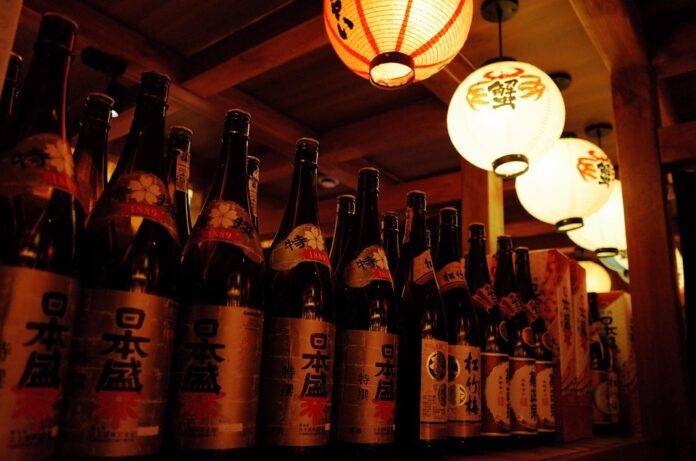Introduction
Shochu, a traditional Japanese distilled spirit, is known for its unique flavors and diverse production methods. In recent years, there has been a growing interest in shochu as a reflection of regional terroir and artisanal craftsmanship. This report will explore how shochu embodies the characteristics of its production region and the skills of its makers, highlighting the importance of these factors in the industry.
Regional Terroir in Shochu Production
Definition of Terroir
Terroir refers to the unique combination of environmental factors that influence the characteristics of an agricultural product, such as soil, climate, and topography. In the case of shochu, terroir plays a significant role in shaping the flavor profile of the spirit.
Impact of Regional Terroir on Shochu
Different regions in Japan are known for producing distinct types of shochu, each characterized by the local ingredients and production techniques. For example, shochu made in Kagoshima Prefecture is known for its use of sweet potatoes, while shochu from Miyazaki Prefecture often uses rice or barley as the base ingredient. The terroir of each region influences the flavors and aromas of the final product, creating a diverse range of shochu styles.
Emphasis on Local Ingredients
Producers of shochu often source ingredients locally, taking advantage of the unique flavors and qualities of the region. By using locally grown grains, fruits, or vegetables, shochu makers are able to create spirits that showcase the terroir of the area. This emphasis on local ingredients adds to the authenticity and quality of the final product.
Artisanal Craftsmanship in Shochu Making
Traditional Production Methods
Shochu production is a labor-intensive process that requires skill and expertise. Artisanal shochu makers adhere to traditional methods handed down through generations, using techniques such as fermentation, distillation, and aging to create high-quality spirits. The craftsmanship involved in shochu making is evident in the attention to detail and precision required at every step of the process.
Hands-On Approach
Unlike industrial distilleries, artisanal shochu producers often take a hands-on approach to crafting their spirits. Makers closely monitor the fermentation and distillation process, making adjustments as needed to ensure the desired flavor profile is achieved. This personal touch adds a level of care and dedication to the production of shochu, resulting in a more nuanced and refined product.
Unique Flavors and Styles
Artisanal shochu makers are known for experimenting with different ingredients, techniques, and aging methods to create unique flavors and styles. By combining traditional practices with innovative approaches, these producers are able to produce shochu that stands out in a crowded market. Consumers are drawn to artisanal shochu for its complexity and depth of flavor, reflecting the skill and creativity of the makers.
Industry Insights and Financial Data
Market Trends
The shochu market has been steadily growing in recent years, both domestically in Japan and internationally. Consumers are increasingly seeking out high-quality spirits with unique flavor profiles, driving demand for artisanal shochu. Producers are responding to this trend by focusing on terroir-driven products and highlighting the craftsmanship behind their spirits.
Financial Performance of Shochu Producers
Leading shochu producers in Japan have reported strong financial performance in recent years, with sales and profits on the rise. Companies such as Kirishima Shuzo and Takahashi Shuzo have seen increased demand for their premium shochu products, leading to growth in revenue and market share. These companies are investing in new production facilities and marketing initiatives to capitalize on the growing popularity of shochu.
Export Opportunities
As interest in Japanese spirits continues to grow worldwide, shochu producers are exploring export opportunities to new markets. Countries such as the United States, South Korea, and Taiwan have shown a growing appetite for shochu, presenting a lucrative opportunity for Japanese producers. By highlighting the regional terroir and artisanal craftsmanship of their spirits, shochu makers are able to differentiate themselves in the global market.
In conclusion, shochu reflects the regional terroir and artisanal craftsmanship of its production, creating a diverse range of spirits with unique flavors and styles. By emphasizing local ingredients, traditional production methods, and hands-on craftsmanship, shochu makers are able to create high-quality spirits that appeal to a growing market of discerning consumers. As the industry continues to evolve, shochu producers are poised to capitalize on the demand for authentic and innovative spirits, solidifying their position in the global market.




